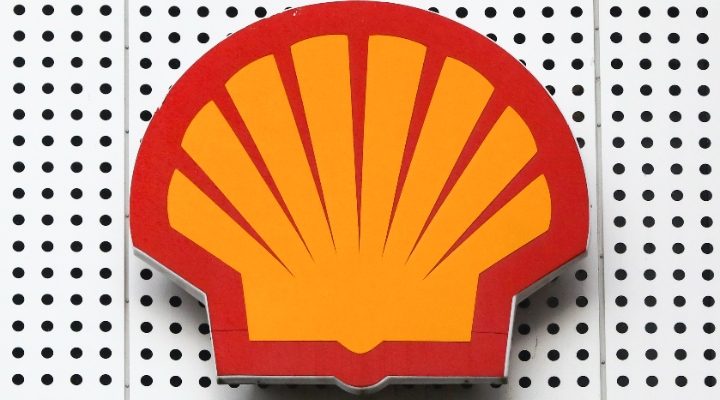Market activity in April was muted compared with the high volatility experienced in each month of the first quarter. World equity markets' returns generally averaged between 0.4%, for the S&P 500 and emerging markets, and 2.5%, in Europe. Japan's results were in the middle with a 1.4% rate of return. More soft economic news hit U.S. and emerging - market issues, while monetary easing and better economic reports in Europe contributed to Europe’s modest outperformance.

We would caution that shale oil projects seem to be easier to restart than older fields

Debt markets had a greater dispersion of returns in April versus stocks, with high-yield bonds returning almost 4% while the U.S. Aggregate Bond Index, which includes government and corporate debt, returned a much more modest 0.4%. U.S. corporate and emerging-market debt landed in the middle of this range. In a very general way, bonds did nearly as well as stocks for the month, but with more volatility.
However, commodities did the best of all in April, returning 8% – 10% for the month. Much of that improvement was due to oil prices, which continued to go up in April. However, much of the oil price improvement was related to a series of events that pressured short-term supply. Fires in the Canadian oil sands region of Canada and oil-related labour actions in several countries—most notably, Kuwait —and ongoing issues in Venezuela and Nigeria kept prices going up during April. There was also some evidence that perhaps U.S. shale oil production was beginning to slow. We would caution that shale oil projects seem to be easier to restart than some of the older technology fields.
Rising oil prices did not have as positive a magnetic effect on equity markets in April as they did in February and March, perhaps because of this stop-start ability, as well as the temporary nature of some of the oil field production issues. In other words, energy and equities decoupled for a month. However, high-yield debt, which includes a heavy energy component, did better than stocks and other forms of debt, but not as well as oil itself.
It was a great month for both energy and basic materials stocks, which both outperformed broad markets and all other categories, both gaining over
7%. Obviously, higher oil prices and a knock-on effect in other categories, plus as a weaker dollar helped these formerly downtrodden categories. Consumers, who appear to be clinging to their cash, hurt April’s market performance with consumer discretionary and staples categories averaging a 1% decline.




























